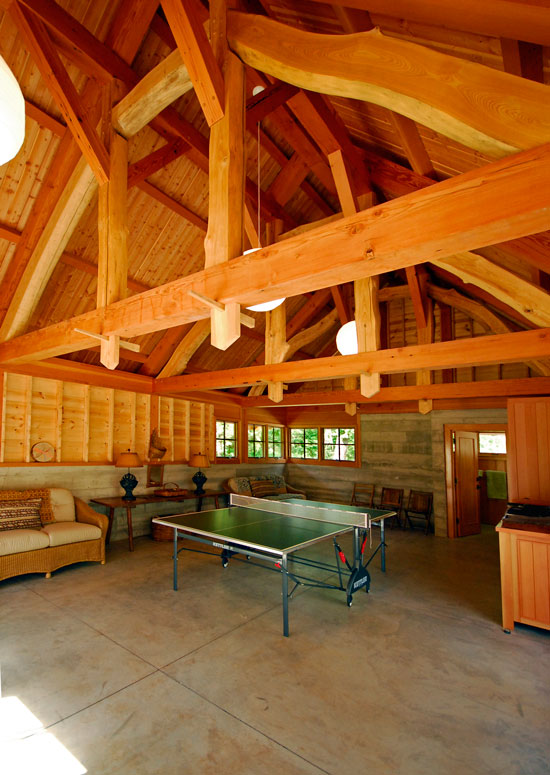I recently had the pleasure of watching an episode of Planet Earth produced by the BBC while vacationing with my grandchildren in the Adirondack Mountains. I was struck by a series of time-lapse photos of fungi growing amidst the chaos of a massive South American jungle.

What seemed most extraordinary to me was a geometrically intricate “hoopskirt’ that formed around a mushroom stem from under its cap.
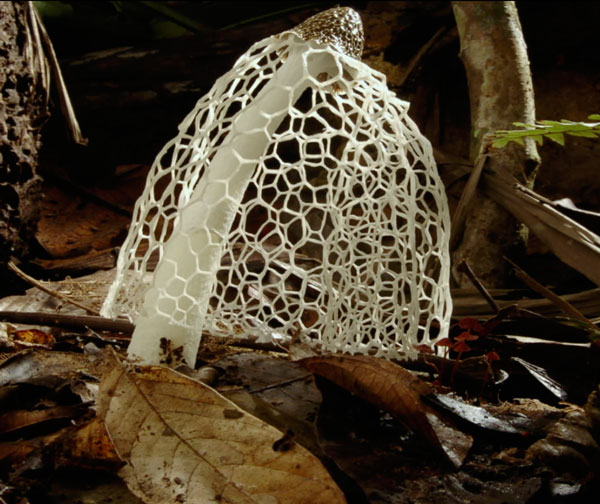
It made me wonder about nature’s geometric evolutionary solution to this particular mushroom’s existence. When we think of the natural world, we often think of organic curves, tangles, and chaos. But looking closely, we can detect the incredible order and elaborate fractal geometry that nature creates in response to unique circumstances.

This is interesting to me as an architect in that I have been striving to introduce more ‘organic’ thinking in my work. I have been trying to design structures that respond not only to individual living patterns, sustainable practices and available building materials, but structures that go a step further by considering the sun’s movement during the day, the amount and patterns of rain or lack thereof, prevailing breezes, storm patterns, shade geometry, moisture, night skies, vegetation, topography, time and decay.
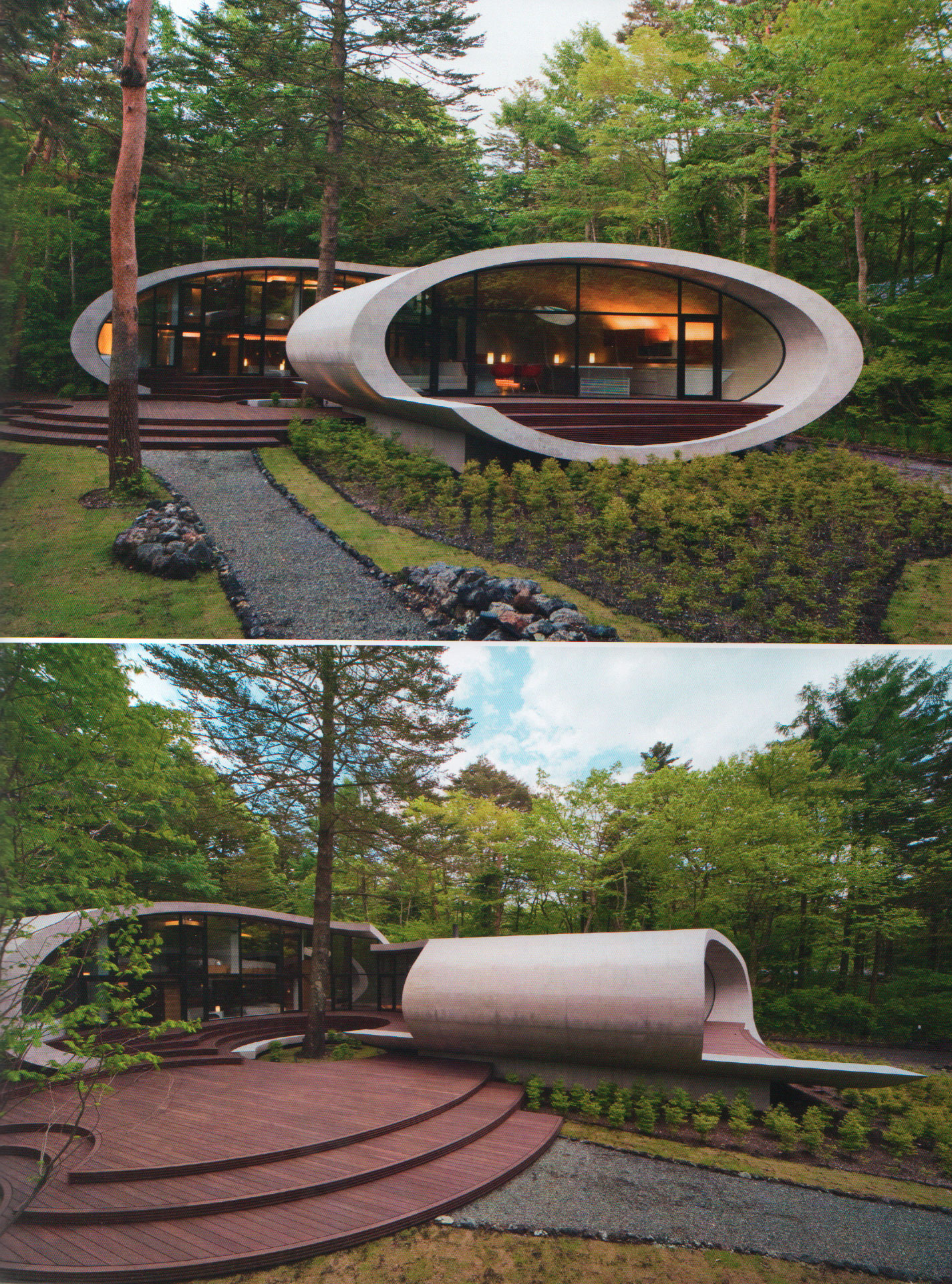
“Shell House” by Kataro Ide
To some degree, all architects take these things into consideration, but current or traditional building components and building practices often hobble us. Very often, readily available and disappointingly homogenized building materials restrict our building forms. Or if a design strays from accepted building techniques, it becomes too costly. But I am encouraged to think that naturally occurring elements will have a greater, more varied impact on architectural design in the near future, mainly because we have computers that increase our ability to calculate complex geometry in parametric design.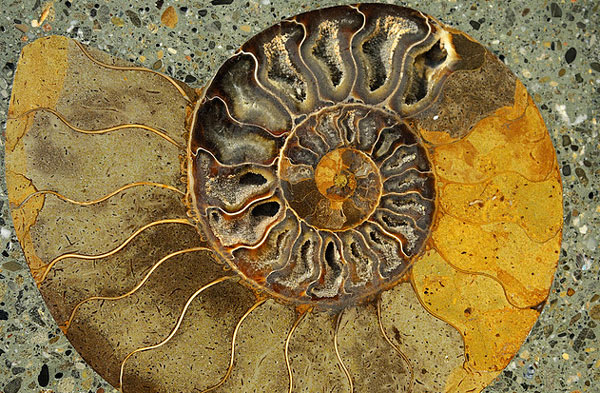
Design by Katherine Hillbrand. Truss by Deane Hillbrand.
Even now large-scale international projects pictured in glossy magazines show an amazing flexibility in shape, form and materials. But organic thinking can show up in very humble ways as well and in very ordinary buildings. The shape size, operation and placement of windows in a simple shed, if carefully thought through, can respond to solar movement, shading, night skies, rain, moisture, sound, vegetation, and decay. Organic solutions may result in contoured geometry or startling free form, but because these solutions respond to the natural world, we sense a certain rightness and satisfying composure in their execution.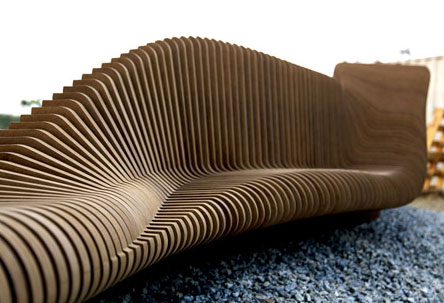
Rocker Lange Architects for Urban Adapter project in Hong Kong
Thorncrown Chapel by E. Fay Jones

